Over the course of its thousand-year history, Korean cuisine has been heavily influenced by Chinese and Japanese cuisines. But it has also developed its own distinctive traits. Although there are many meat- and fish-based dishes, vegetables are the principle ingredient in Korean cuisine. Food is served already cut up into pieces, and eaten with chopsticks and a spoon. Rice is a cornerstone of Korean cuisine and accompanies every dish. A typical Korean meal includes a bowl of rice, another of broth, a main course and various vegetables called “banchan.” The banchan generally include soybean shoots, algae and vegetables in a salad or brine. They are usually shared among the people at the table. One of the main dishes is kimchi. Considered Korea’s national dish, kimchi is based on cabbage, onions, turnips and seasonal vegetables, salted and left to ferment for weeks in special containers.
Kimchi takes a long time to prepare, and there are numerous regional variants of the recipe. Bulgogi is one of Korea’s traditional meat-based dishes. It is prepared with slices of beef marinated in soy sauce and lightly grilled, then served with rice. It is customary to follow bulgogi with a plate of naengmyeon, wheat noodles in meat broth with fried eggs, pears and sliced leeks. Naengmyon is usually served cold. In some regions, the broth is prepared with oysters and seafood. Meals are accompanied by tea or beer. Desserts are mostly made with rice flour and served with green tea. Today, Korean cuisine has an excellent reputation. It uses little meat, which can be damaging if eaten in excessive quantities, and ensures the right proportion of mineral salts, proteins and vitamins. In Korea, food is often used to celebrate ceremonies and anniversaries. On New Year’s Eve, for example, Koreans prepare a soup with rice dumplings called ttokkuk Families traditionally exchange homemade cakes for weddings and birthdays. Drinking tea in company is synonymous with friendship.
Kimchi takes a long time to prepare, and there are numerous regional variants of the recipe. Bulgogi is one of Korea’s traditional meat-based dishes. It is prepared with slices of beef marinated in soy sauce and lightly grilled, then served with rice. It is customary to follow bulgogi with a plate of naengmyeon, wheat noodles in meat broth with fried eggs, pears and sliced leeks. Naengmyon is usually served cold. In some regions, the broth is prepared with oysters and seafood. Meals are accompanied by tea or beer. Desserts are mostly made with rice flour and served with green tea. Today, Korean cuisine has an excellent reputation. It uses little meat, which can be damaging if eaten in excessive quantities, and ensures the right proportion of mineral salts, proteins and vitamins. In Korea, food is often used to celebrate ceremonies and anniversaries. On New Year’s Eve, for example, Koreans prepare a soup with rice dumplings called ttokkuk Families traditionally exchange homemade cakes for weddings and birthdays. Drinking tea in company is synonymous with friendship.
RELATED
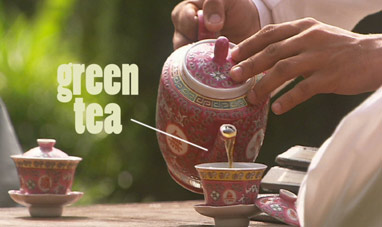

CHINESE CUISINE


NEW YORK


BRAZIL
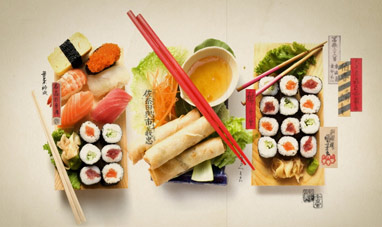

JAPANESE CUISINE
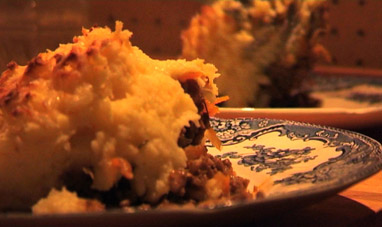

SHEPHERD'S PIE


BUENOS AIRES


BAVARIAN CUISINE


AMSTERDAM


HAGIA SOPHIA


RIO DE JANEIRO


THE PANAMA CANAL


CARIBBEAN CUISINE


MOUSSAKA


PASTA CACIO E PEPE


VODKA
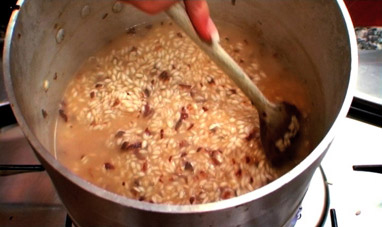

SHRIMP RISOTTO


BEIJING


SCALOPPINE IN WHITE WINE SAUCE
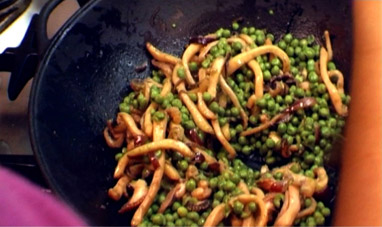

SEPPIOLINE WITH PEAS


MADRID
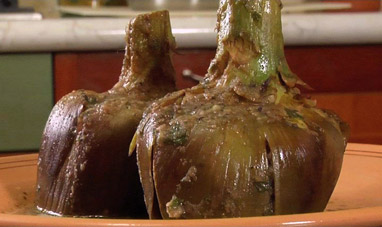

ROMAN-STYLE ARTICHOKES
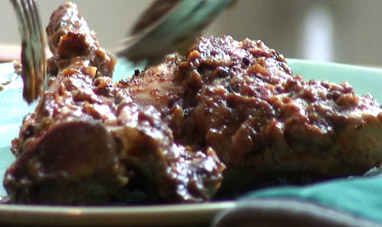

RABBIT ALLA CACCIATORE
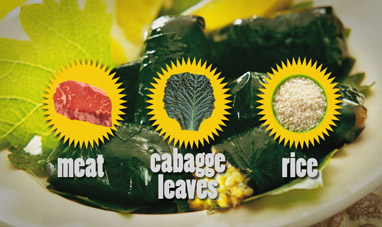

GREEK CUISINE


ABU DHABI
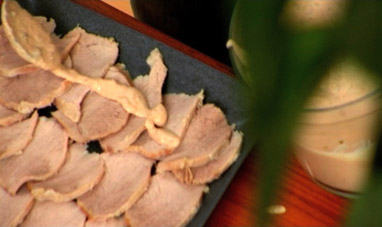

VITELLO TONNATO
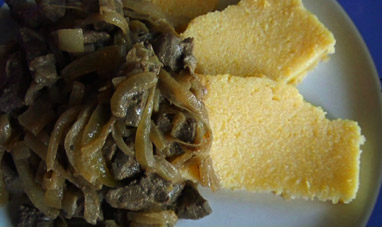

LIVER ALLA VENEZIANA
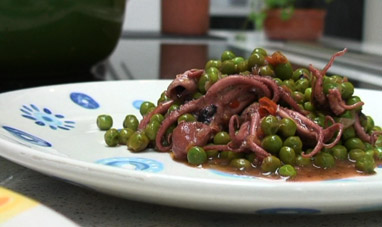

MOSCARDINI WITH PEAS


BAGHDAD
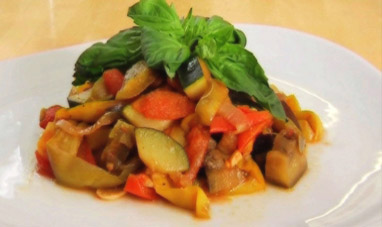

RATATOUILLE


VENICE


COCONUT DELIGHTS
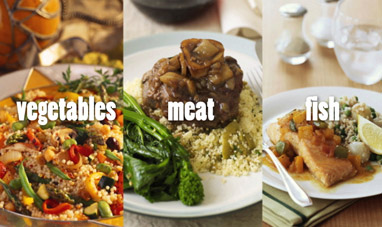

ARAB CUISINE


ZÜRICH


CHOCOLATE SALAMI


SHANGHAI


LONDON
